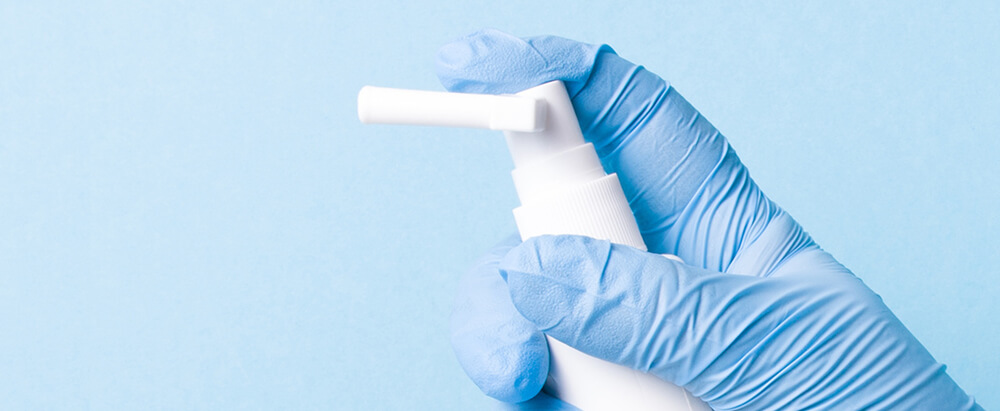Is there a cost-effective alternative to Allergy Shots?
Sublingual Immunotherapy (SLIT), is it a cost-effective alternative to Allergy Shots?
Sublingual drops, or tablets for allergen immunotherapy (SLIT), have received a lot of attention lately. Even though there are no FDA approved products, many US physicians are offering this treatment to their patients. We, at Asthma & Allergy Associates of Florida, have chosen to carefully consider using this therapy as an alternative to conventional subcutaneous immunotherapy (SCIT) or allergy shots.
There were several studies at 2012 American Academy of Allergy, Asthma and Immunology that showed the effectiveness of SLIT. However, high doses of allergen are required. This may be due to much of the allergen is being broken down by saliva and other factors. On average, the DAILY dose of SLIT is about twice the MONTHLY dose of SCIT. One study using dust mite sublingually used 70 micrograms of allergen daily, whereas the effective injection dose is around 5-10 micrograms per month. If you look at a variety of studies, you see that the total dose of SLIT is about 30 to 200 times the total injection dose.
So, the result is that the cost of the allergen extract can become prohibitive if the patient is being treated for more than a few allergens. A very rough estimate would be that for year-round type allergens (dust mite, cat, for example), the cost would be $100 per allergen per month. Seasonal pollens would cost about $10-20 each per month.
So, if someone was allergic to dust mite, cat, and a few pollens pollens, the extract or “sublingual drops” would cost about $300 per month just to purchase the extract from the manufacturer (this is not even accounting for the administrative costs). So, it would get quite expensive. In addition, until a product is approved by the FDA, SLIT won’t likely be covered by insurance plans. That is, the entire cost would be out-of-pocket. If you look at Grazax, a sublingual tablet for grass pollen that is approved for use in Canada and Europe, it costs about $200 per month just to treat grass pollen allergy.
Although there are few studies that compare SLIT to SCIT, the general consensus is that SCIT is more effective. On average, SCIT (shots) studies show a 40% improvement in symptom scores, where SLIT (drops or tablets) improve symptoms by 20%. However, SLIT is appealing in that the patients can treat themselves mostly at home, and that no needles are involved. Plus, SLIT drops have been associated with less allergic reactions than SCIT shots.
In summary, the question is not whether sublingual allergen immunotherapy works (it apparently does), it is whether physicians are using adequate doses. For unclear reasons, allergic individuals in the US tend to be allergic to multiple allergens. This results in sublingual therapy being an expensive proposition.
I foresee that SLIT will have a place in certain situations (small children, patients allergic to one or two allergens). We are still in the process of deciding whether to begin using this method of allergy treatment. I would advise, however, that any potential patients ask their doctor about whether they are receiving an adequate dose of each allergen. Otherwise, that patient might be receiving a very expensive placebo.
Neil Gershman, MD



